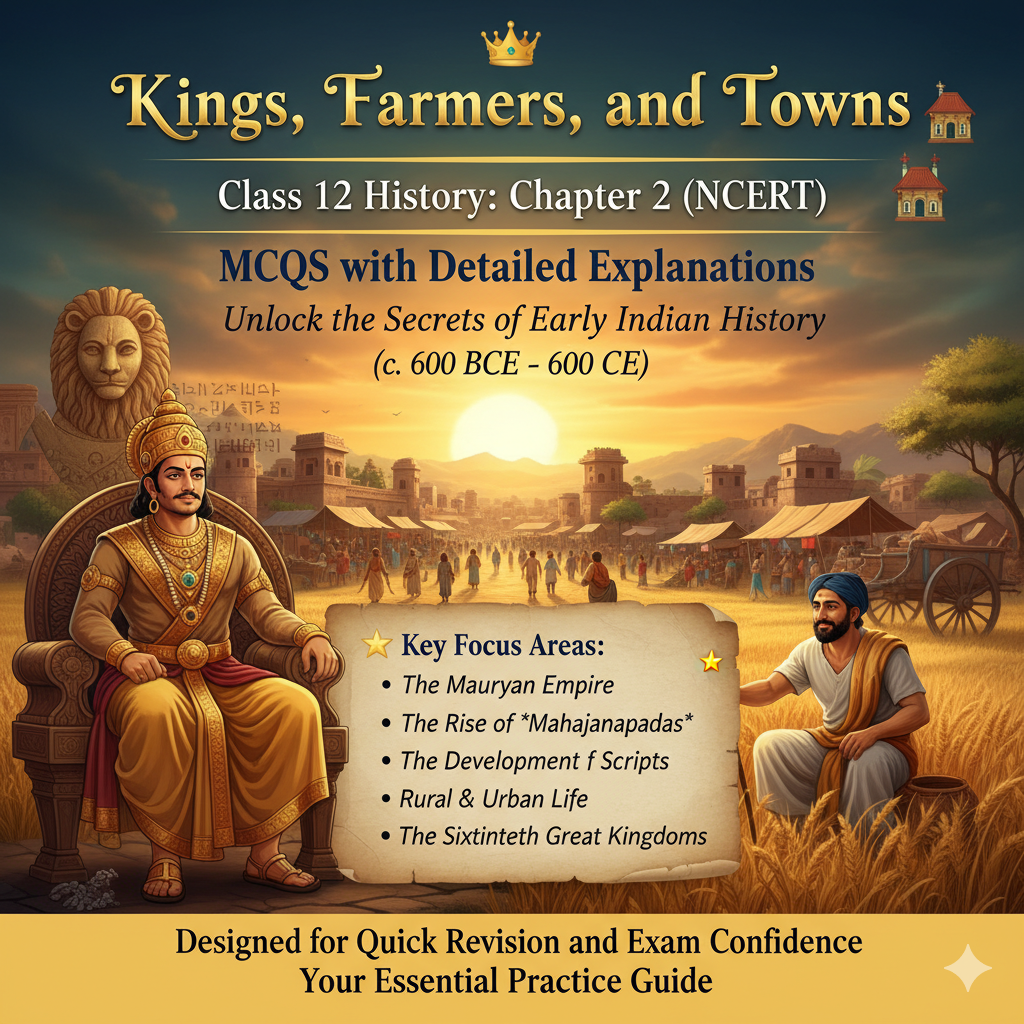(Based on NCERT + CBSE Previous Years)
1. Who was the author of the book Arthashastra?
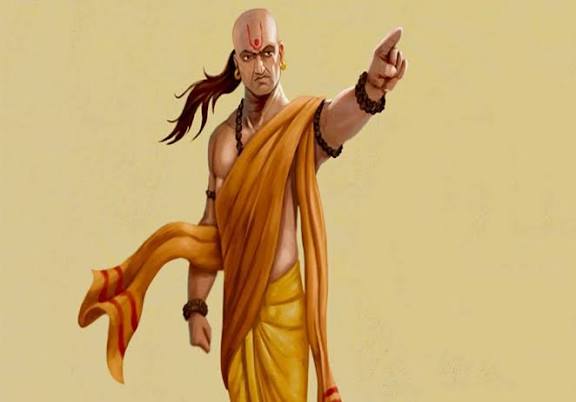
(a) Bimbisara (b) Ajatshatru (c) Chanakya (d) Bindusara
Ans. (c) Chanakya
Explanation: Arthashastra was written by Kautilya (Chanakya or Vishnugupta), who served as chief advisor to Chandragupta Maurya. It deals with political science, economics, and administration.
2. Who repaired the Sudarshana Lake?
(a) Hari Hara (b) Rudradaman (c) Bukka Rai (d) Ashoka
Ans. (b) Rudradaman
Explanation: The Junagadh inscription records that the Saka ruler Rudradaman I repaired the lake originally built during the Mauryan period to improve irrigation.
3. What does Agrahara mean?
(a) Land donated to a Brahmana (b) Market area (c) Tax-free land to soldiers (d) Barren land
Ans. (a) Land donated to a Brahmana
Explanation: An Agrahara was a land grant given to Brahmanas, often tax-free, symbolizing royal patronage and religious merit.
4. Who deciphered the Brahmi and Kharosthi scripts?
(a) James Prinsep (b) John Marshall (c) Wheeler (d) Thomas Cook
Ans. (a) James Prinsep

Explanation: In 1837, James Prinsep, a British antiquary, deciphered the ancient scripts Brahmi and Kharosthi, revealing Ashokan edicts.
5. Who among the following was called Devanampiya Piyadassi?
(a) Ashoka (b) Samudragupta (c) Chandragupta Maurya (d) Harshavardhana
Ans. (a) Ashoka

Explanation: Ashoka referred to himself as Devanampiya Piyadassi, meaning “Beloved of the Gods, Pleasant to behold,” in his inscriptions.
6. The Sangam literature was composed in which language?
(a) Sanskrit (b) Tamil (c) Pali (d) Prakrit
Ans. (b) Tamil
Explanation: Sangam literature is the earliest body of Tamil literature, composed between 300 BCE–300 CE, depicting early South Indian society.
7. Who composed the Prayag Prashasti?
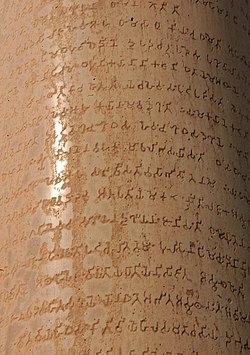
(a) Kalhana (b) Harishena (c) Banabhatta (d) Kalidasa
Ans. (b) Harishena
Explanation: The Prayag Prashasti (Allahabad Pillar Inscription) was composed by Harishena, the court poet of Samudragupta.
8. Which empire issued the first gold coins in India?
(a) Gupta (b) Maurya (c) Kushana (d) Yaudheya
Ans. (c) Kushana

Explanation: The Kushanas (1st century CE) were the first to issue gold coins, indicating wealth and active foreign trade.
9. Who is known as the first empire builder in Indian history?
(a) Shisunaga (b) Mahapadma Nanda (c) Dhanananda (d) Chandragupta Maurya
Ans. (b) Mahapadma Nanda
Explanation: Mahapadma Nanda, the founder of the Nanda dynasty, unified northern India and overthrew earlier dynasties.
10. What is the meaning of the word Piyadassi?
(a) Pleasant to behold (b) Great ruler (c) Beloved of the people (d) Victorious one
Ans. (a) Pleasant to behold
Explanation: The term Piyadassi means “He who looks with kindness” and was used by Ashoka in his inscriptions.
11. The Mauryan Empire was founded by —
(a) Bindusara (b) Ashoka (c) Chandragupta Maurya (d) Samudragupta
Ans. (c) Chandragupta Maurya
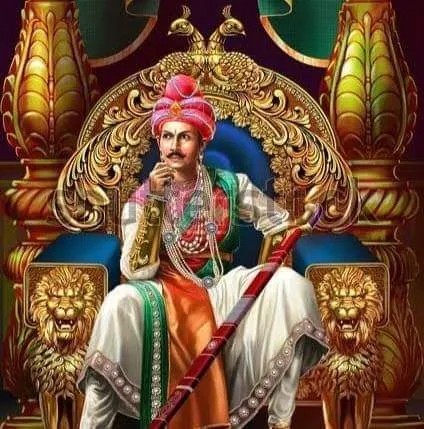
Explanation: Chandragupta Maurya established the Mauryan Empire in c. 321 BCE with help from Chanakya, overthrowing the Nandas.
12. Which is the oldest stupa commissioned by Ashoka?
(a) Amaravati (b) Sanchi (c) Nagarjunakonda (d) Shanti Stupa
Ans. (b) Sanchi
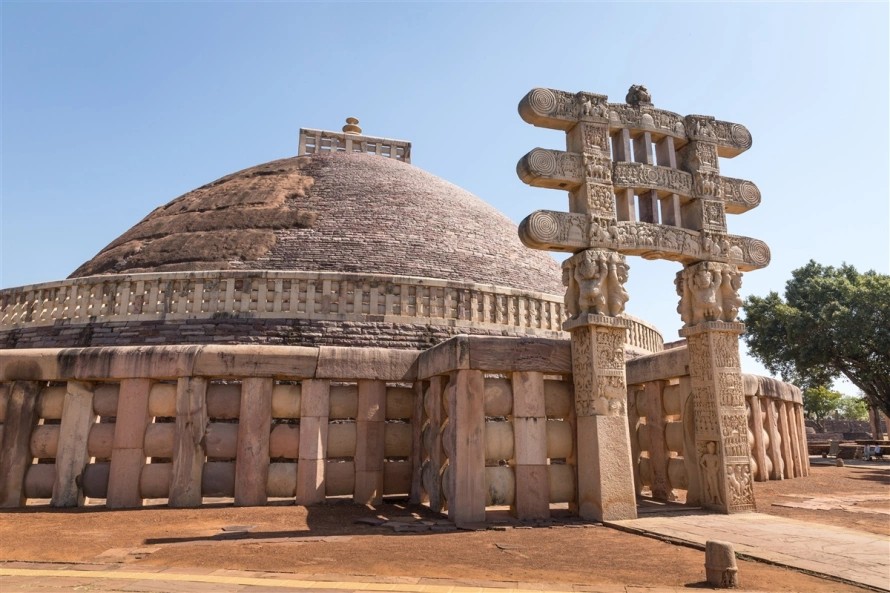
Explanation: The Sanchi Stupa in Madhya Pradesh, originally built by Ashoka, is the oldest stone structure in India.
13. What does Periplus mean in Greek?
(a) Sailing around (b) Boat (c) Sea map (d) Port town
Ans. (a) Sailing around
Explanation: The Greek term Periplus means “sailing around,” referring to the ancient travelogue Periplus of the Erythraean Sea describing Indian Ocean trade.
14. Who was the writer of Harshacharita?
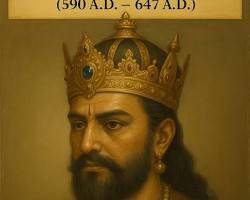
(a) Harsha (b) Banabhatta (c) Kalidasa (d) Kalhana
Ans. (b) Banabhatta
Explanation: Harshacharita, written by Banabhatta, is the biography of King Harshavardhana and a major Sanskrit prose text.
15. The Mahajanapadas existed in —
(a) 10 (b) 14 (c) 16 (d) 18
Ans. (c) 16
Explanation: Early Buddhist and Jaina texts mention 16 Mahajanapadas such as Magadha, Koshala, Vajji, and Avanti.
16. Who issued the first coins bearing rulers’ names?
(a) Mauryas (b) Satavahanas (c) Indo-Greeks (d) Guptas
Ans. (c) Indo-Greeks
Explanation: The Indo-Greeks (2nd century BCE) were the first to issue coins with names and portraits of kings.
17. Which of the following was the capital of Magadha before Pataliputra?
(a) Rajgir (Rajagaha) (b) Bodh Gaya (c) Kaushambi (d) Varanasi
Ans. (a) Rajgir (Rajagaha)
Explanation: Rajgir was the earlier capital of Magadha, later shifted to Pataliputra under Bimbisara or Ajatshatru.
18. What were the large stones placed on burials in South India called?
(a) Menhirs (b) Megaliths (c) Cairns (d) Dolmens
Ans. (b) Megaliths
Explanation: Megaliths (meaning “large stones”) marked burial sites in Iron Age South India, symbolizing ancestor worship.
19. In which century did Xuan Zang visit Pataliputra?
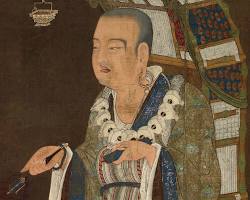
(a) 6th
(b) 7th
(c) 8th
(d) 9th
Ans. (b) 7th
Explanation: Chinese pilgrim Xuan Zang (Hiuen Tsang) visited Pataliputra and other Indian cities in the 7th century CE.
20. The study of inscriptions is called —
(a) Numismatics (b) Epigraphy (c) Paleography (d) Archaeology
Ans. (b) Epigraphy
Explanation: The scientific study of inscriptions engraved on hard materials like stone or metal is known as Epigraphy.
21. What is Numismatics the study of?
(a) Inscriptions (b) Coins (c) Temples (d) Scripts
Ans. (b) Coins
Explanation: Numismatics is the study of coins, useful in reconstructing trade, economy, and rule of ancient dynasties.
22. Which ruler’s inscription is known as Prayag Prashasti?
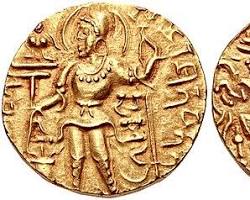
(a) Chandragupta II (b) Samudragupta (c) Ashoka (d) Harsha
Ans. (b) Samudragupta
Explanation: The Prayag Prashasti praises Samudragupta’s conquests and was composed by his court poet Harishena.
23. Which of the following was the most powerful Mahajanapada (6th–4th BCE)?
(a) Chedi (b) Gandhara (c) Panchala (d) Magadha
Ans. (d) Magadha
Explanation: Magadha became dominant due to fertile land, iron deposits, elephants, and strong rulers like Bimbisara.
24. Who among the following patronised Harishena?
(a) Ashoka (b) Samudragupta (c) Harsha (d) Chandragupta II
Ans. (b) Samudragupta
Explanation: Harishena, the composer of Prayag Prashasti, was the court poet of Samudragupta.
25. Which ruler is associated with the spread of Dhamma?
(a) Chandragupta Maurya (b) Ashoka (c) Bindusara (d) Kanishka
Ans. (b) Ashoka
Explanation: After the Kalinga war, Ashoka embraced Buddhism and promoted Dhamma—a moral and ethical code for his subjects.
26. Who visited the Mauryan court and wrote Indica?
(a) Fa-Hien (b) Megasthenes (c) Al-Biruni (d) Hiuen Tsang
Ans. (b) Megasthenes

Explanation: Megasthenes, a Greek ambassador to Chandragupta Maurya’s court, wrote Indica, detailing Mauryan administration and society.
27. Who was Prabhavati Gupta?
(a) Daughter of Samudragupta (b) Daughter of Chandragupta II (c) Queen of Ashoka (d) Poetess
Ans. (b) Daughter of Chandragupta II
Explanation: Prabhavati Gupta, daughter of Chandragupta II and widow of a Vakataka prince, issued land grant inscriptions to Brahmanas.
28. The term Gahapati refers to —
(a) Slave (b) Head of household (c) Priest (d) Warrior
Ans. (b) Head of household
Explanation: In Buddhist texts, Gahapati was the master of a household, controlling land, slaves, and dependents.
29. The post of Dhamma Mahamatta was created to —
(a) Collect taxes (b) Spread Dhamma (c) Maintain law and order (d) Supervise army
Ans. (b) Spread Dhamma
Explanation: Ashoka appointed Dhamma Mahamattas to spread his moral code and supervise welfare activities.
30. Inscriptions were engraved mainly on —
(a) Palm leaves (b) Pottery (c) Stone and metal (d) Cloth
Ans. (c) Stone and metal
Explanation: Most ancient inscriptions were engraved on durable surfaces like stone, copper, and iron, ensuring preservation.
31. Which of the following mentioned “pleasant to behold” as royal title?
(a) Chandragupta Maurya (b) Bindusara (c) Ashoka (d) Samudragupta
Ans. (c) Ashoka
Explanation: The title Piyadassi (“pleasant to behold”) was used in Ashokan inscriptions for self-reference.
32. The Greek term Periplus refers to —
(a) Navigation manual (b) Sea voyage record (c) Trade ledger (d) Religious book
Ans. (b) Sea voyage record
Explanation: Periplus of the Erythraean Sea is a Greek travelogue that recorded trade routes between Roman Egypt and India.
33. The head of a Tamil village in Sangam age was known as —
(a) Adimai (b) Gahapati (c) Vellalar (d) Uzhavar
Ans. (c) Vellalar
Explanation: In Sangam texts, Vellalar were landowning farmers, while Adimai were slaves and Uzhavar were ploughmen.
34. Which of the following scripts were used in Afghanistan inscriptions?
(a) Aramaic (b) Greek (c) Brahmi (d) Both (a) and (b)
Ans. (d) Both (a) and (b)
Explanation: In Afghanistan, Ashokan inscriptions were in Aramaic and Greek, showing his multi-lingual administration.
35. What is Janapada?
(a) Land of birth (b) Land where a Jana settled (c) Fortified city (d) Market area
Ans. (b) Land where a Jana settled
Explanation: The term Janapada means “foothold of a tribe (Jana)”, marking early territorial states in Vedic India.
36. The script used in most Ashokan inscriptions was —
A. Devanagari
B. Brahmi
C. Kharosthi
D. Tamil-Brahmi
Answer: B. Brahmi
Explanation: The majority of Ashokan edicts were written in Brahmi script, while Kharosthi was used in the northwest.
Q37. The city of Taxila was an important centre for _______.
A. Iron production
B. Trade and education
C. Religious rituals
D. Political administration
Answer: B. Trade and education
Explanation: Taxila (in present-day Pakistan) was a hub for merchants and scholars, hosting one of the earliest universities.
Q38. Which dynasty succeeded the Mauryas in Magadha?
A. Gupta
B. Shunga
C. Nanda
D. Kanva
Answer: B. Shunga
Explanation: After the fall of the Mauryan Empire, Pushyamitra Shunga established the Shunga dynasty around 185 BCE.
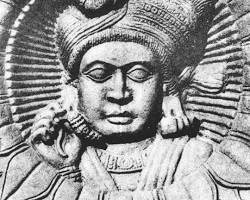
39. Who was the first ruler of the Mauryan dynasty?
A. Bindusara
B. Ashoka
C. Chandragupta Maurya
D. Brihadratha
Answer: C. Chandragupta Maurya
Explanation: He founded the Mauryan Empire around 321 BCE after defeating the Nanda dynasty with Chanakya’s help.
40. The language of Ashokan inscriptions is mainly —
A. Sanskrit
B. Prakrit
C. Tamil
D. Pali
Answer: B. Prakrit
Explanation: Most of Ashoka’s edicts were written in Prakrit using the Brahmi script to reach the common people.
41. The capital of Magadha under Ashoka was —
A. Rajagaha
B. Pataliputra
C. Vaishali
D. Taxila
Answer: B. Pataliputra
Explanation: Ashoka ruled from Pataliputra (modern Patna), which was the political and administrative centre of the Mauryan Empire.
42. The main source of information about the Mauryan administration is —
A. Arthashastra
B. Indica
C. Both A and B
D. Harshacharita
Answer: C. Both A and B
Explanation: Arthashastra by Kautilya and Indica by Megasthenes together give a detailed account of Mauryan governance.
43. Who among the following was a Greek ambassador at Chandragupta Maurya’s court?
A. Alexander
B. Seleucus Nicator
C. Megasthenes
D. Antiochus
Answer: C. Megasthenes
Explanation: Megasthenes was sent by Seleucus I Nicator and wrote Indica describing India’s society and administration.
44. Which metal was most widely used in punch-marked coins?

A. Gold
B. Copper
C. Silver
D. Iron
Answer: C. Silver
Explanation: Early Indian punch-marked coins were mainly made of silver and bear various symbols punched by hand.
45. The most famous inscription of Ashoka is —
A. Maski Edict
B. Kalsi Edict
C. Rock Edict XIII
D. Minor Rock Edict I
Answer: C. Rock Edict XIII
Explanation: This edict describes the Kalinga War and Ashoka’s adoption of Dhamma (non-violence and moral conduct).
46. Which inscription mentions the achievements of Gautamiputra Satakarni?
A. Sanchi inscription
B. Hathigumpha inscription
C. Nasik inscription
D. Girnar inscription
Answer: C. Nasik inscription
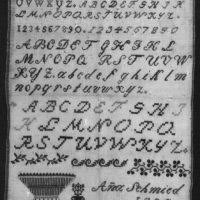
Explanation: It was composed by his mother Gautami Balashri and records his victories and charitable works.
47. The Hathigumpha inscription is associated with which ruler?
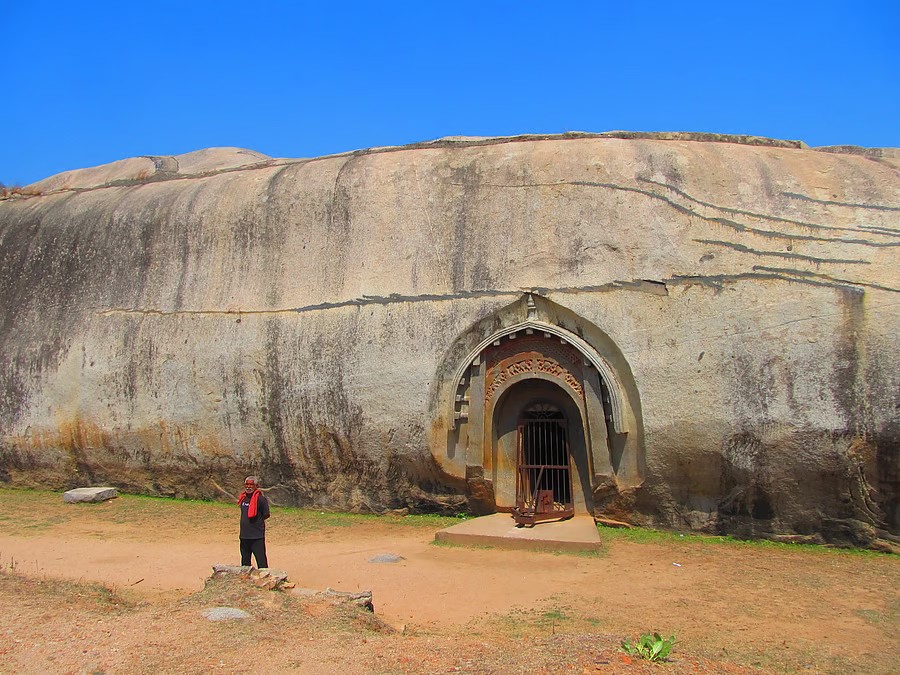
A. Ashoka
B. Kharavela
C. Chandragupta Maurya
D. Bindusara
Answer: B. Kharavela
Explanation: The Hathigumpha inscription at Udayagiri caves (Odisha) details the achievements of Kalinga’s ruler Kharavela.
48. Who composed the ‘Arthashastra’?
A. Chanakya
B. Patanjali
C. Panini
D. Kalidasa
Answer: A. Chanakya
Explanation: Also known as Kautilya, he wrote Arthashastra, a manual on statecraft, economy, and administration during Mauryan times.
49. The famous Ashokan pillar with four lions is located at —
A. Lumbini
B. Sarnath
C. Bodh Gaya
D. Vaishali
Answer: B. Sarnath
Explanation: The Lion Capital at Sarnath symbolizes the spread of Dhamma and is now India’s National Emblem.
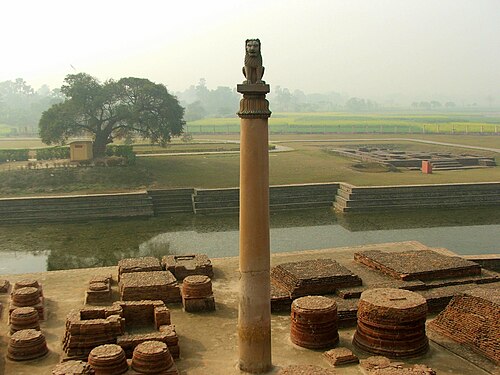
50. The Mauryan state followed which type of governance?
A. Democratic
B. Theocratic
C. Centralized monarchy
D. Federal monarchy
Answer: C. Centralized monarchy
Explanation: The Mauryan Empire was a highly centralized state with the king as the supreme authority assisted by a council of ministers.
51. Which of the following sites was a centre of iron production in ancient India?
A. Takshashila
B. Ujjain
C. Vidisha
D. Rajgir
Answer: C. Vidisha
Explanation: Archaeological findings from Vidisha show ancient furnaces and tools used in iron smelting and craft production.
52. The title ‘Devanampiya Piyadasi’ used by Ashoka means —
A. The Lord of Lords
B. Beloved of the Gods
C. Victor of Wars
D. King of the World
Answer: B. Beloved of the Gods
Explanation: In his edicts, Ashoka refers to himself as Devanampiya Piyadasi, emphasizing his moral and divine ideals.
53. The concept of ‘Janapadas’ refers to —
A. Rural communities
B. Territory of a tribe
C. Kings’ palaces
D. Market centres
Answer: B. Territory of a tribe
Explanation: The word Janapada means the land where a jana (tribe) settled — an early form of state formation.
54. Which ruler is known to have performed the Ashvamedha Yajna?
A. Ashoka
B. Samudragupta
C. Pushyamitra Shunga
D. Chandragupta Maurya
Answer: C. Pushyamitra Shunga
Explanation: Pushyamitra Shunga revived Brahmanical rituals like Ashvamedha to assert royal authority after the Mauryas.
55. The early coins with punched symbols were issued by —
A. Mauryas
B. Indo-Greeks
C. Local kings and merchants
D. Guptas
Answer: C. Local kings and merchants
Explanation: Punch-marked coins pre-date the Mauryas and were often issued by guilds or local authorities, not centralized rulers.
56. Ashoka’s Dhamma emphasized —
A. Conquest by war
B. Ritual sacrifices
C. Moral and ethical living
D. Religious conversion
Answer: C. Moral and ethical living
Explanation: Dhamma promoted compassion, tolerance, truthfulness, and respect for all living beings.
